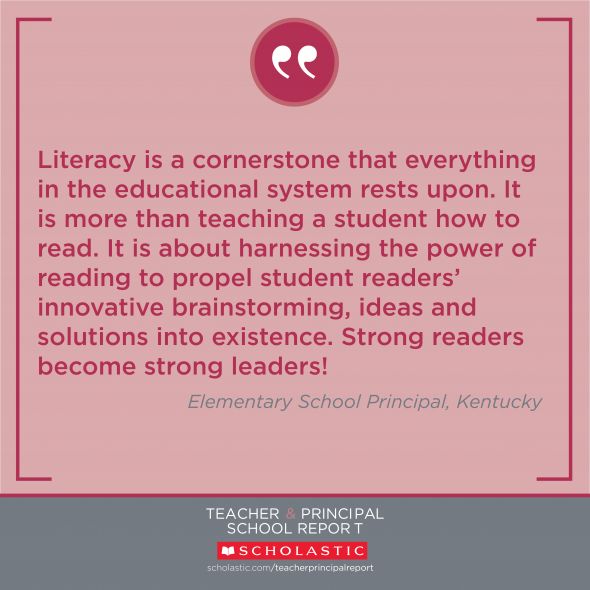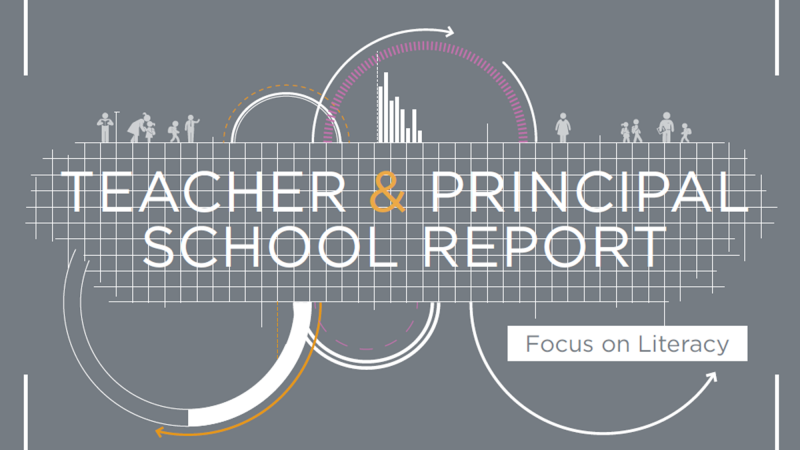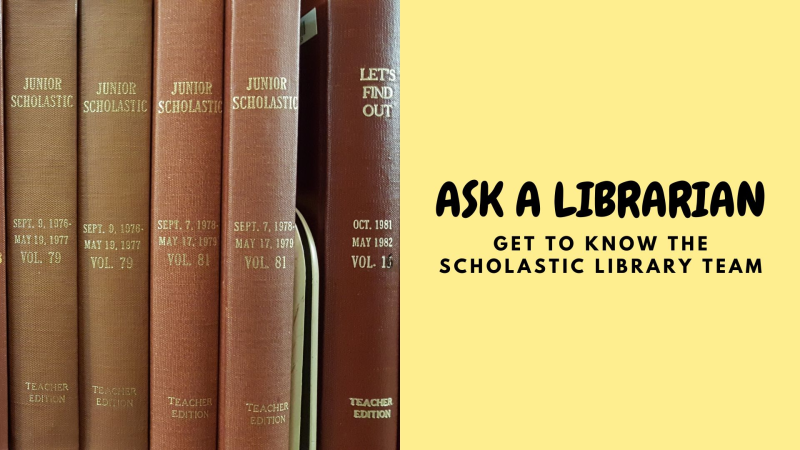Whether in the classroom or at home, teachers and principals firmly believe in the power of reading. In fact, the overwhelming majority of educators agree that providing year-round access to books at home is important to enhancing student achievement, according to findings from the Teacher & Principal School Report: Focus on Literacy.
Out today, this new research report is the latest installment in the Teacher & Principal School Report series. As follow-up to the November 2016 report exploring equity in education, the Teacher & Principal School Report: Focus on Literacy takes a deep dive into the views and experiences of more than 4,700 Pre-K–12 teachers and principals nationwide on the importance of reading, the state of independent reading in school, the home-to-school connection, and summer reading.
The full report and downloadable infographics are available online at www.scholastic.com/teacherprincipalreport.
Follow and join the conversation on social media using #TeacherPrincipalReport and check out key findings from the report, below:
Educators & the Importance of Reading
- The overwhelming majority of teachers and principals agree that “students should have time during the school day to read a book of their choice independently” (94%).
- In school, teachers are most likely to promote reading by talking with their students about literacy and the books they read, as well as encouraging use of the school library.
- Outside of school, teachers are most likely to encourage summer reading and make books available to take home during the year. Principals are more likely than teachers to host or participate in a book fair and make books available for students over the summer.
Reading in School
- Seventy-seven percent of teachers set time aside for independent reading/read-aloud, but as previously noted, only 36% do this every school day. Students who have this opportunity to engage in independent reading/read-aloud time spend 22 minutes on average on this activity.
- Many teachers (63%) wish independent reading/read-aloud time occurred more often. Ninety percent of teachers identify demands of the curriculum as the primary barrier to preventing independent reading from occurring more frequently.
Reading & the Home-to-School Connection
- Sixty-nine percent of educators say encouraging reading at home is among the most important things they do to help families be engaged with children’s learning, yet only 51% say this is happening to the degree it should.
- As previously mentioned, 46% of educators say their students do not have adequate access to fiction or nonfiction books at home, with 69% of educators in high-poverty schools saying the same.
- The majority of educators (91%) agree that schools play an important role in expanding access to books at home, but many teachers (54%) have fewer than 150 books in their classroom libraries to serve all their students throughout the year—with 31% of teachers having fewer than 50 books.
- Among all classroom libraries, relevancy may be lacking. Regardless of classroom library size, many educators are in need of culturally relevant titles, books published in the last 3–5 years, multiple copies of popular titles, high-interest, low-reading-level books, and magazines.
- Forty-seven percent of teachers can only update their classroom libraries once a year or every couple of years, and 13% are never able to.
Summer Reading
- Sixty-four percent of educators promote reading among students by encouraging summer reading—particularly those in elementary schools (77%).
- Educators also indicate that the public library is the number one source of access to books for kids over the summer (77%).
Special thanks to the 2016 State Teachers of the Year and Council of Chief State School Officers for their insights and support as we developed this survey!







